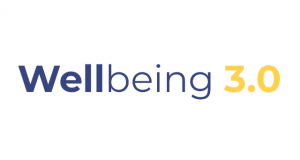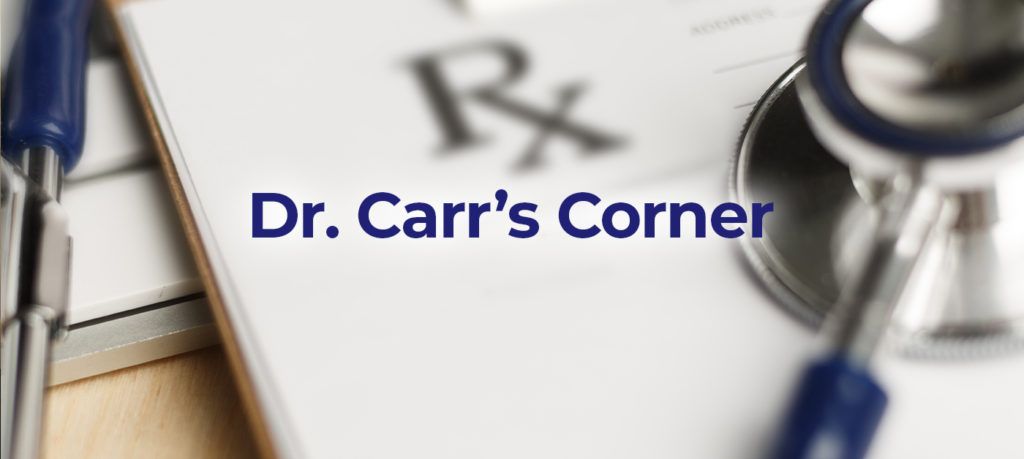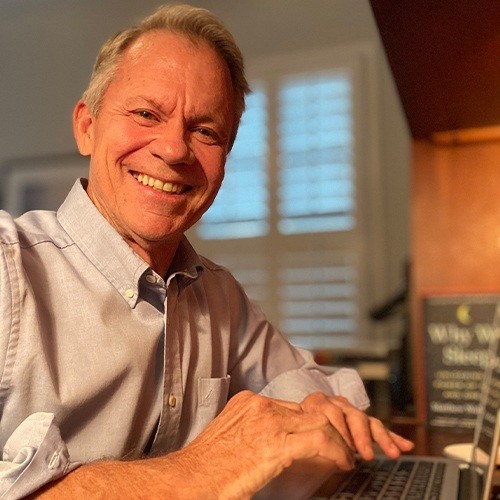

How to Combat the Human Energy Crisis in Your Workplace
Burnout, frustration, feeling physically and emotionally exhausted, helplessness, waking up tired — these are all symptoms of chronic stress related to life or work struggles. While we’ve all focused recently on energy costs ‘at the pump,’ it’s time to examine the true cost of our personal energy crisis. Pay, of course, matters. However, when it comes to energy, engagement and even retention, purpose often matters more.
Kumanu’s research conducted in partnership with the Harris Poll, confirms troubling trends – 3 in 5 of us have moderate to severe burnout, and 1 in 2 lack a strong sense of purpose. Did you know that purpose, energy, and burnout are connected?
We’ve recently written about what’s often missing in workforce culture, and advocated for a new purpose-centered approach to workforce wellbeing. We advocated for going beyond traditional approaches, and ensuring leaders focus on creating environments where employees can connect, grow, and find meaning and purpose. We reported that when leaders ask a simple question about employees’ “why” for working, employees are more than twice as likely to express an intent to stay.
Many of you are also seeking to understand the role of your workplace when it comes to improving our mental wellbeing. The U.S. Surgeon General, Dr. Vivek Murthy, recently called on all workforce leaders to re-examine how we work and its impact on workforce burnout, as well as the ways we can turn workplaces into “engines of well-being.” His Framework for Mental Health & Wellbeing, creates a powerful new model for organizing our efforts.
As you consider this framework in your effort to combat workforce burnout, be sure to start with yourself. The ways you recover from personal burnout and model energy “hygiene” can be positively contagious within your team, and work culture.
Find your personal energy charging stations. Learn to recognize when your tank is near empty – especially during demanding times of year like the holiday season, and take steps to fill it back up. Often, we tend to push through the exhaustion and continue on as if things will change. Like any athlete, as a corporate athlete you need to build in cycles of energy restoration to operate at your energy peak when it matters most.
You likely have discovered your own “charging stations” – these could be connecting with close friends, time spent in nature, learning something new, or simply catching up on reading for pleasure, not for work. We’re all unique – do what works for you. Understanding how to better manage your personal energy and to grow more energy capacity, can help you avoid burnout, or at least recover from it more quickly. What serves as a personal charging station in your life?
As for your workplace, ask your teammates this question: What is your purpose for working? And, find out what gives them energy.
P.S. If you’re a Kumanu platform user, explore the over 2,000 tips, strategies and “Quests” from our experts, and contributed by our Purposeful community. Add your own strategies for personal energy independence there, too.
About the Author

Robert Carr, MD, MPH, FACPM
Chief Medical Officer
Robert Carr was most recently Senior Vice President & Corporate Medical Director at GlaxoSmithKline and on the faculty at Georgetown University. He received his Doctor of Medicine from the University of Miami School of Medicine and his Masters of Public Health and Preventive Medicine Residency from the John Hopkins Bloomberg School of Hygiene and Public Health. Bob also served as the President of the American College of Preventive Medicine
Stay on top of the news
Subscribe today and receive our Reimagining Wellbeing newsletter delivered to your inbox every month!
